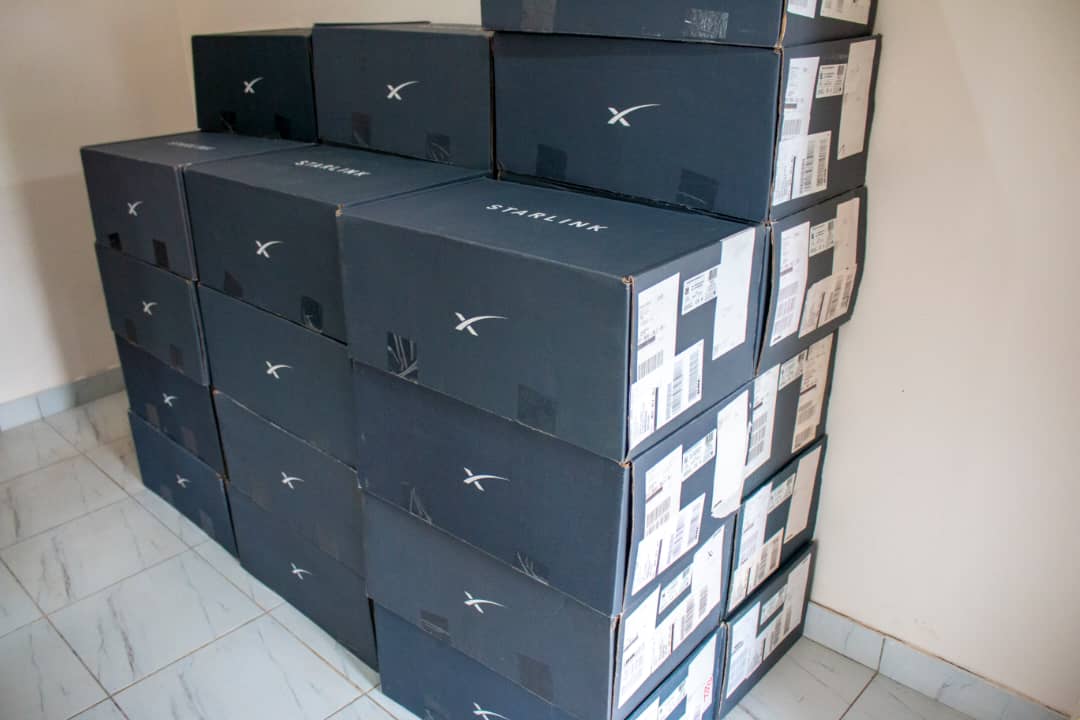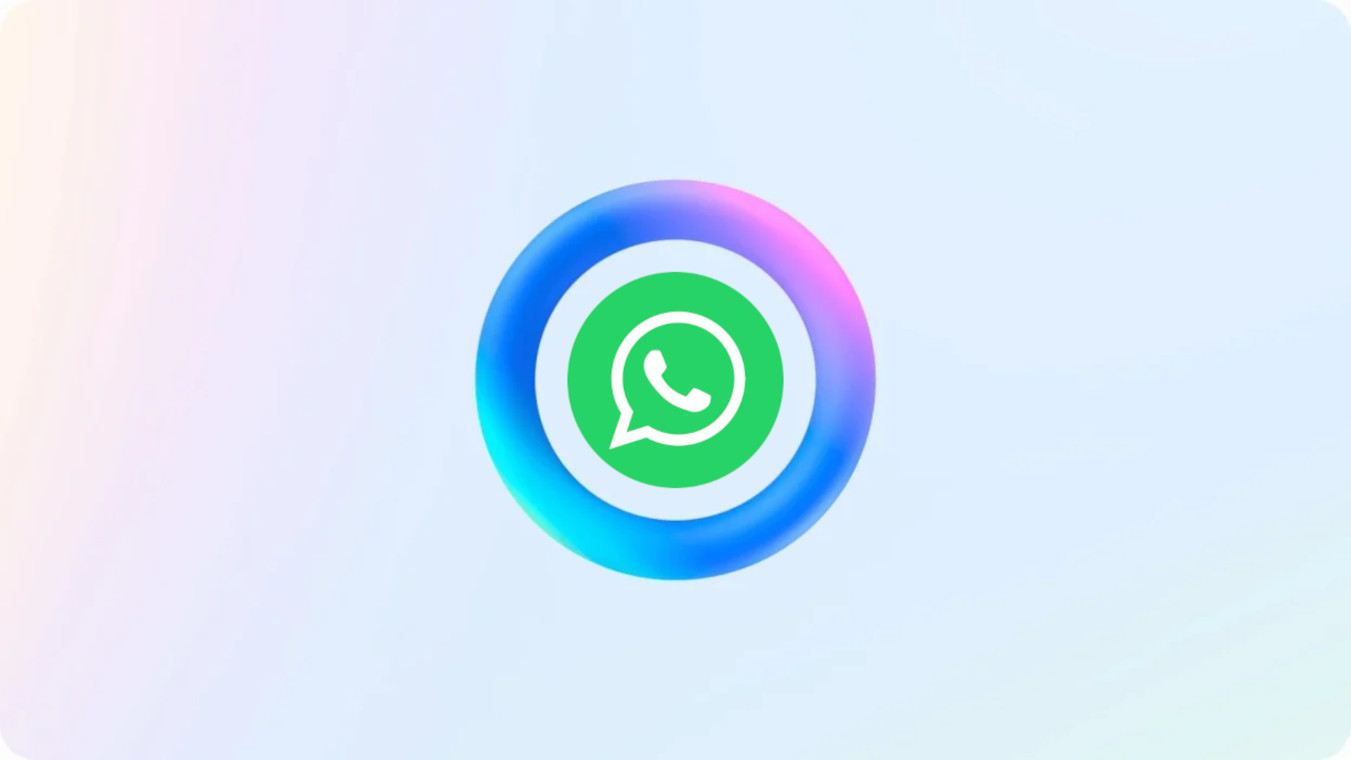Yesterday, Alphabet’s X division announced their new device Google Glass Enterprise Edition. The new version of Google Glass will be targeted for use in companies that in industries like manufacturing, logistics, and healthcare etc. The selling price of Google Glass EE is not known at the moment but given how the first one was retailing for $1500, it should be around that price if not more as it now features a bigger display and faster processor.
Google Glass Enterprise Edition will allow employees in such industries to access training videos, images with instructions, or quality assurance checklists that help them get the job done, safely, quickly and to a higher standard. It will also allow them to quickly get in touch with other co-workers that may have more expertise in what their doing and get some help in real time.
The division of the parent company of Google is the same that created the first version of Google Glass which came in 2012. This consumer version of Google Glass aimed to give people easy access to their social media or applications while on the move. For example, one could use it to check their Facebook, dictate messages, or capture a no-hands video while zip-lining or on a crazy adventure like that.
At first, a lot of people were really excited when Google Glass was launched but the hype quickly faded as the device proved to be really buggy and creepy at times. Another thing that made it not go mainstream was how it was launched, it was just not accessible to many and was all over the place at the same time. Around 2015, the development of the commercial version was stopped and the device just became another failure in tech enthusiasts memory.
It seemed like Google Glass was ahead of it’s time for commercial use and that may be the case so many believed that it Alphabet’s X division had given up on it. However, the company kept developing the idea of behind Google Glass and they finally saw a good use case for it. The application in industrial companies made sense so they slowly started to distribute it to companies like DHL Samsung and Volkswagen, and now they’ve official gone public with it as it has proven to be working.
Even-though this may seem far from us here in Zimbabwe, there are lessons to learn from the fact that this type of tech is back. Sometimes you can make something and it just doesn’t break into the market as you’d have expected. Instead of shoving the idea into the pile of other ideas in the trash can, just look at what went wrong. Chances are that the use case wasn’t right for where you were trying to apply it.
So you could look elsewhere and find that it’s actually useful for those people then tailor make it for them. Right now, no-one looks funny wearing Google Glass EE in a factory because most workers already were some type of protective eye wear so it seems natural unlike it was when used by the public.
It leads me to the question, why aren’t we looking towards tech more to solve some of the inefficiencies that are around us. Couldn’t have someone local developed something to help farmers to better do their craft using tech? Don’t get me wrong, I don’t mean to compare but it doesn’t help to complain by saying that they (people abroad) have already done this or that yet their solutions may not be applicable locally.
If you’re curious on how to leverage the Internet and tech to solve real world problems, tomorrow at Broadband Economy Conference, local business industry leaders will be in one room discussing just that. It’s not too late to register, come and gain some insights.














Comments
One response
Umm, what does the image under the heading have to do with the story?